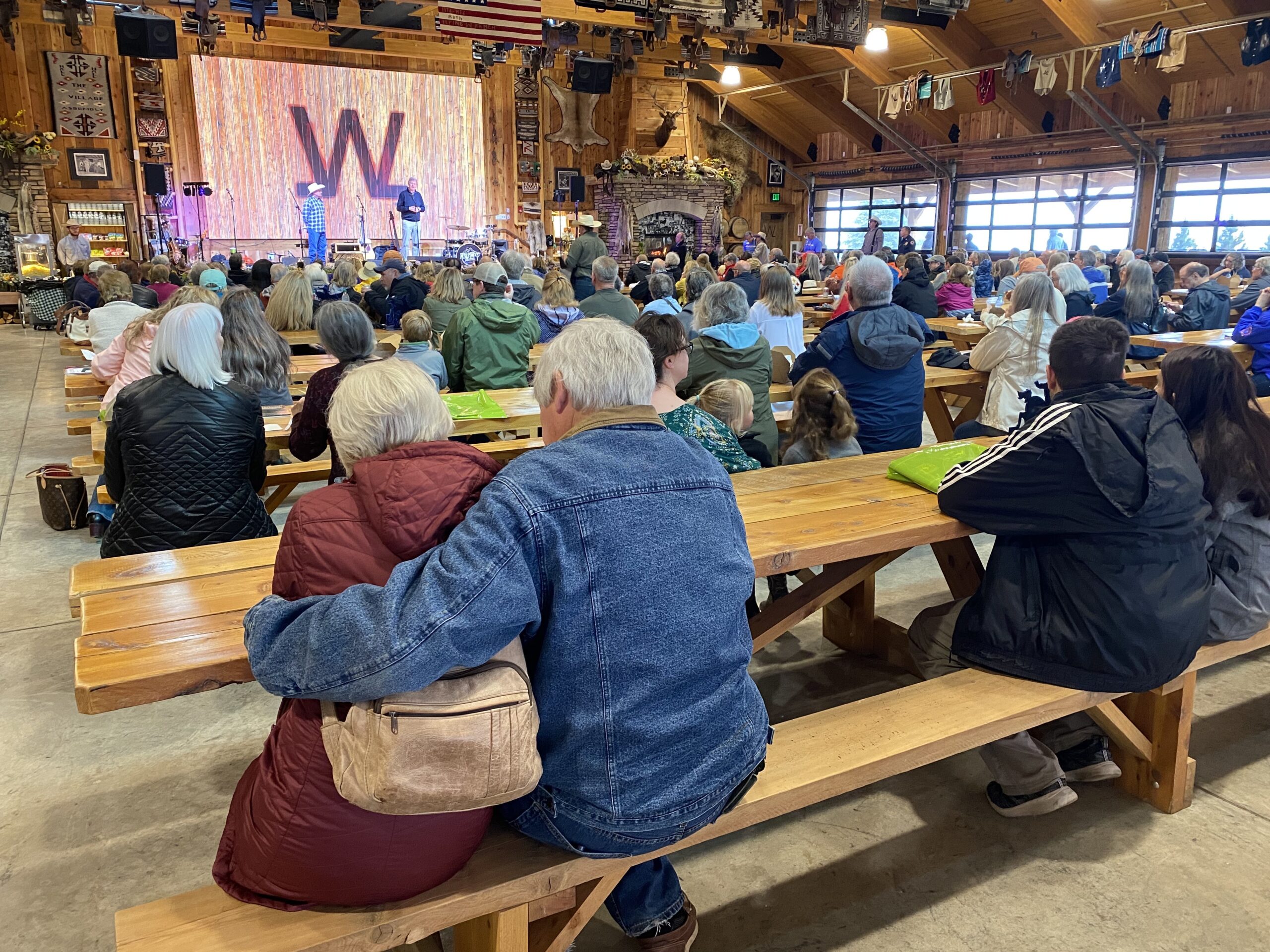
Remembering Waldo Canyon fire | A fire expert reflects on wildfire history | Waldo was a catalyst for mitigation | Lessons learned by Colorado Springs
This month, Colorado Springs marks 10 years since the Waldo Canyon Fire destroyed 347 homes and killed two people on the northwest side of the city.
The Mountain Shadows neighborhood bore the brunt of the fire’s destruction in June 2012, as the flames reduced nearly 350 homes to ash and also destroyed the Flying W Ranch, a historic music venue and steak house.
Colorado Springs Mayor John Suthers said at an event commemorating the fire on Saturday that there are permanent scars left on this community, but at least the physical reminders left by the more than 18,000-acre fire are fading with time.
“In the face of that tragedy, the community came together. There were outpourings of gratitude to the first responders for their heroic actions,” said Suthers, speaking to a crowd packed into a newly rebuilt Flying W Ranch building. “Yes, 347 homes were lost, but hundreds more were saved.”
Suthers also said the city and El Paso County’s firefighting and emergency response capabilities are much better now than they were a decade ago.
The city and county now have a combined office of emergency services to coordinate response to such disasters. Suthers says the city has also put much more work into developing evacuation plans in case of severe fire.
Ashley Whitworth runs the wildfire mitigation program at the Colorado Springs Fire Department. She said the Waldo Canyon Fire led Colorado Springs to pass stricter building codes in the wildland-urban interface.
“We want to make sure that if there is another fire here in the community, we're giving their homes the best chance at standalone survivability,” Whitworth said.
The program Whithworth runs works with neighborhoods and homeowners associations to thin out vegetation and carts away what’s been removed for recycling. That program has doubled from about 60 neighborhoods and homeowners associations before the Waldo Canyon Fire to more than 140 now. Whitworth said the city has also improved its working relationships with the federal land agencies at the edge of the city, like the U.S. Forest Service.
“I think that relationship just actually grew and we work a lot closer together just because fire doesn't know property lines,” she said. “We just want to get that [mitigation] work done, so the community is safer.”









